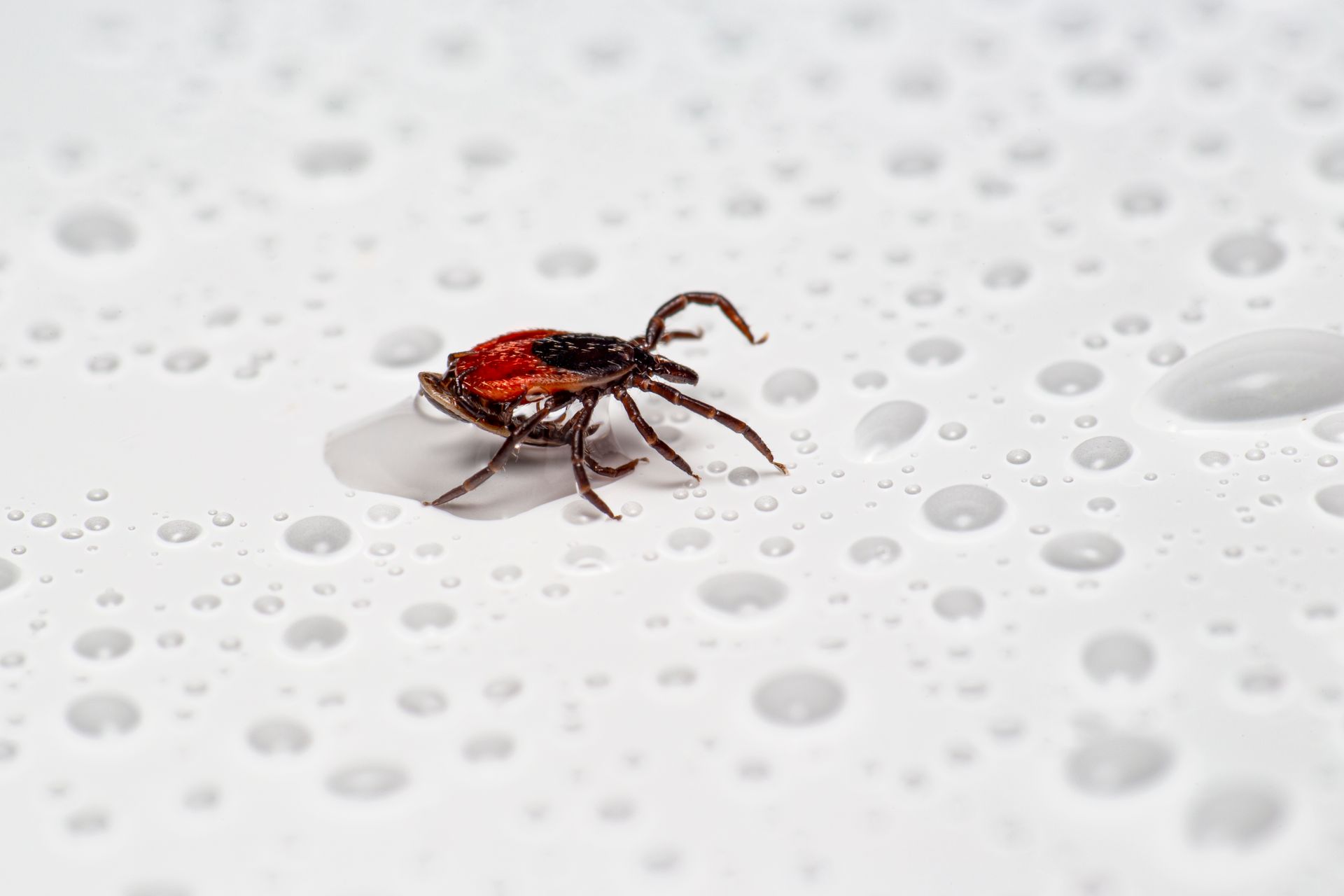Sudzee School
Sudzee Pups
Unleashing the Mystery: A Guide to Diagnosing Allergies in Your Pet

Allergies can be a frustrating and uncomfortable experience for pets, just as they are for humans. Common symptoms of pet allergies include itching, sneezing, coughing, and skin irritation. In this blog post, we'll provide you with tips and guidelines on how to diagnose allergies on your pet.
1. Observe your pet's behavior
The first step in diagnosing pet allergies is to observe your pet's behavior. Keep a note of when your pet exhibits allergy symptoms and what they are doing at the time. This will help you identify any potential triggers that may be causing their allergies.
2.Look for skin irritation
Skin irritation is a common symptom of pet allergies. Check your pet's skin for any signs of redness, rash, or bumps. Pay special attention to areas where there is less hair, such as the belly, ears, and paws.
3.Check for hair loss
Hair loss can be a sign of allergies in pets. Check your pet's coat for any bald patches or areas where the fur looks thin and patchy.
4.Watch for respiratory symptoms
Allergies can also cause respiratory symptoms in pets. Keep an eye out for sneezing, coughing, and wheezing.
5.Consider your pet's diet
Food allergies can also cause symptoms in pets. If you suspect that your pet may have a food allergy, consider changing their diet to a hypoallergenic one or working with a veterinarian to identify potential food allergens.
6.Talk to your veterinarian
If you suspect that your pet may have allergies, it's important to talk to your veterinarian. Your vet can help you identify potential allergens and recommend treatment options such as antihistamines or allergy shots.
In conclusion, diagnosing allergies on your pet can be a challenging process. By observing your pet's behavior, checking for skin irritation and hair loss, watching for respiratory symptoms, considering their diet, and consulting with your veterinarian, you can help identify potential allergens and find the right treatment plan for your furry friend.
Share
Tweet
Share
Mail
The Pet Parents guide

By Kristie Curcio
•
May 9, 2023
This blog post explores the concept of dog park hospitality and provides tips on how to create a friendly and inclusive environment for both dogs and their owners. Learn about the importance of keeping your dog under control, cleaning up after them, being friendly and approachable, and sharing resources and information to help foster a positive and supportive community at your local dog park.





